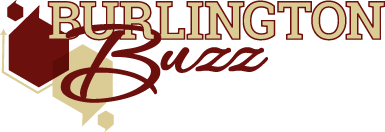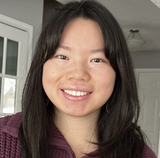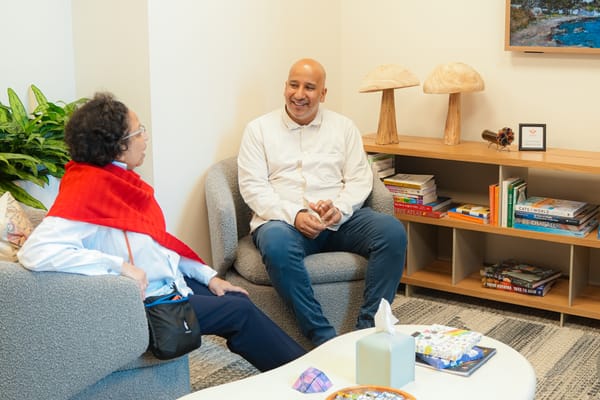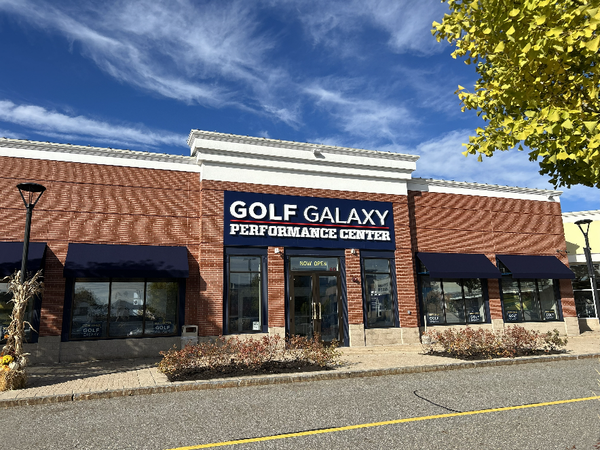Burlington Schools Plan Literacy Curriculum Overhaul and New Middle School Math Classes. Here’s What to Know.
Burlington plans a new K–5 literacy curriculum and middle school math classes to boost consistency, equity, and academic challenge in 2025–26.

A group of Burlington teachers, administrators, and outside specialists is working to implement a new elementary school literacy curriculum and add two new math classes in the middle school next school year.
While parts of the Burlington Public Schools curriculum have been updated throughout the years, there has not been a single, comprehensive curriculum update for more than 10 years, said Lisa Chen, the Assistant Superintendent for Learning for Burlington Public Schools. Conducting a curriculum review and update for literacy and mathematics was one of Chen’s first orders of business when she started her work in Burlington in July 2023.
After a process that lasted the better part of two years, a task force of teachers, administrators, and specialists recommended a curriculum called Core Knowledge Language Arts (CKLA) for grades K-5 to the School Committee at a February 11 meeting.
Before the district can purchase this curriculum, Town Meeting must approve $575,000 in funding, Chen said; this will be considered a capital expenditure because it falls outside the scope of the district’s operational budget. If funding is approved at May Town Meeting, which begins May 12 and may extend into May 14 and 19, implementation of the new curriculum will begin during the 2025-26 school year in all four Burlington elementary schools.
Selecting a New Literacy Curriculum
Literacy consultant Gail Lovette was hired to do an audit of the literacy curriculum from PreK-12, and a committee of teachers, administrators and specialists was formed. Lovette conducted classroom visits, met with teachers, and worked with the Literacy Task Force to articulate the district’s literacy priorities and compiled all the findings in a literacy report.
Through the review, Chen said, the committee members noticed that Burlington has a solid curriculum but could improve the consistency of learning experiences across the district.
The committee decided to focus on rolling out a new curriculum at the elementary schools first. They evaluated four potential curricula and then narrowed the options down to two, which they shared with the Burlington Special Education Parent Advisory Council and Burlington English Learner Parental Advisory Council for input, Chen said. Each council consists of parents and caregivers from each group (children with disabilities and multilingual children). The two curricula were also shared with families who joined the district for the Literacy Curriculum Review Night in December.
Out of this process, Amplify CKLA for K-5 emerged as the chosen curriculum.
A Focus on Cross-Curricular Connections
The new curriculum aims to blend the fundamentals of phonics and learning to read with rigorous texts linked not only to English Language Arts learning goals but to science and social studies as well, said Sean Musselman, the district’s K-5 science and social studies specialist. It also adds more writing, said Chen.
“The program really works to build background knowledge through the reading of rich texts, sequential lessons, and there's history, geography, science, literature, all embedded into the program,” said Interim K-8 Literacy Coordinator Bonnie Nichols.
Kerri Lamprey, Director of English Learner Education at Burlington Public Schools, and other Burlington educators and administrators visited Lawrence Public Schools, a district that uses the Amplify CKLA curriculum. Because the schools there have a more consistent curriculum, she said, more English learner students are meeting state testing target scores and more English learner students are rapidly progressing toward proficiency.
“Imagine if you’re learning about animal habitats in science and then all of a sudden you go over to ELA and you’re talking about the Revolutionary War,” Lamprey said. “As an English learner, it’s like, ‘Whoa, I just learned vocabulary over here about habitats, but I can’t apply it here, so I’m not practicing it.’”
The program is more vertically aligned, meaning certain skills and content will be taught and built on each year, Musselman said. For example, students will learn about Indigenous communities at the kindergarten level, and then that topic will come up again in later grades, he said.
In grades K-3, 90 minutes are now blocked out for English-Language arts (ELA) learning and around 30 minutes for science and social studies, Musselman said. Because the new curriculum integrates science and social studies texts, a 30-minute block will be added to the ELA specific time, so K-3 students will have a total of two hours of ELA instruction each day, into which science and social studies standards are embedded. There will also be an additional 40 minutes for science, social studies or social emotional learning once a week during the schools’ intervention block, Chen said. Fourth and fifth graders will still have a total of 90 minutes of ELA instruction each day and a standalone science or social studies block.
In addition, eight early release days for the elementary schools in the 2025-26 school year will allow teachers 2.5 hours for curriculum work, Chen said.
Chen said she and Nichols are working on building the implementation team that will help make the process of integrating the new curriculum as smooth as possible, with representatives from all grade levels and schools.
Adding New Math Pathways
For the 2025-26 school year, two new classes will be available at the middle school level: one condensed math class for 7th graders that teaches all of the grade 7 and grade 8 standards, and an 8th grade class that integrates grade 8 and Algebra I standards, Chen said.
The math department has long been a topic of conversation at School Committee meetings and on social media, as frustrated parents have expressed displeasure at the rigid math pathways and the rigor of the high school classes. The new classes allow for greater equity, giving students the chance to take more advanced classes, Chen said, adding, “Our data showed us that we’ve got students who are very talented who could have more challenge at the middle school.”
With the current classes, students really only have one way to get to the higher-level math classes in high school, Chen said. The new classes will allow students to have more flexibility with picking math classes.
“We don’t want tracks,” Chen said. “We want pathways for students.”
Reviewing the Math Curriculum
At the same time as the literacy review, math consultant Kateri Thunder came in to help review the math curriculum for PreK-12, Chen said. Chen and the committee wanted to ensure more access for all students who wanted to take higher-level math courses in high school without having to skip essential courses or double up on math classes.
A math committee similar to the literacy committee was formed, and after the team set out the district’s priorities, Seeta Durvasula, an instructional coach at Marshall Simonds Middle School, worked with Thunder and the middle school’s math curriculum coordinator to figure out how to match the instructional units with state standards and examine how students are prepared to transition from middle to high school, Durvasula said.
The committee brought teachers into the process to get their perspectives, Durvasula said. Because there is such variation in prior knowledge, the sixth-grade teachers have to spend time figuring out what the students know already.
This work is ongoing, but the two new integrated math courses will launch this fall.
What’s next?
Assuming Town Meeting approves the funding for the literacy curriculum this month, Chen said the plan for the 2026-27 school year is to implement the new literacy curriculum at the elementary school level.
Funding for the math curriculum review was already approved by Town Meeting, and the implementation of the two new courses isn't on the Warrant for May Town Meeting – though currently the math review committee is seeking a textbook. Eventually, the plan is to add a pure high school-level algebra class for eighth graders.
“We want to keep the students at the focus of everything,” said Dr. Chen. “It’s just very exciting when students can see themselves in the curriculum.”
This story is part of a partnership between Burlington Buzz and the Boston University Department of Journalism.





